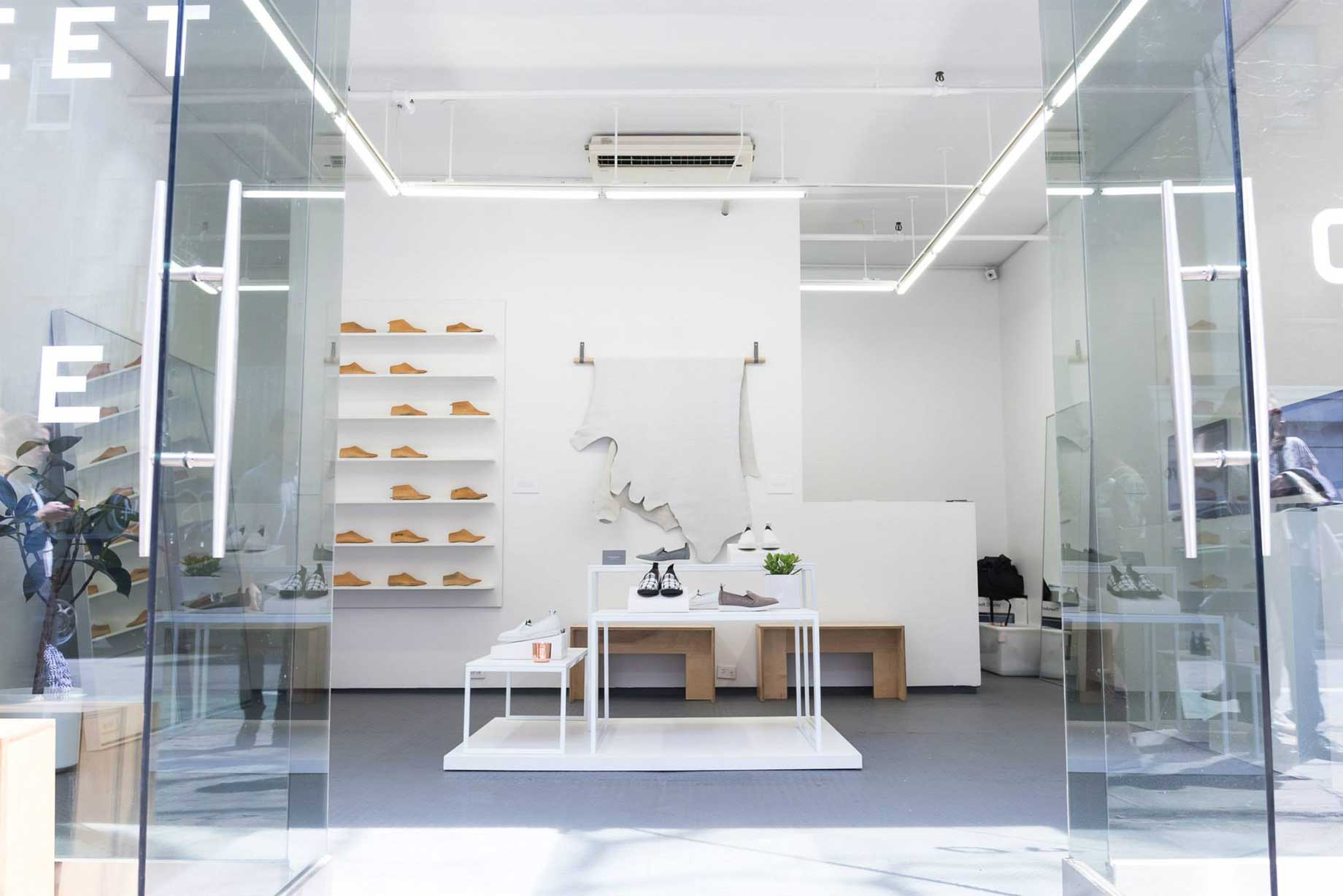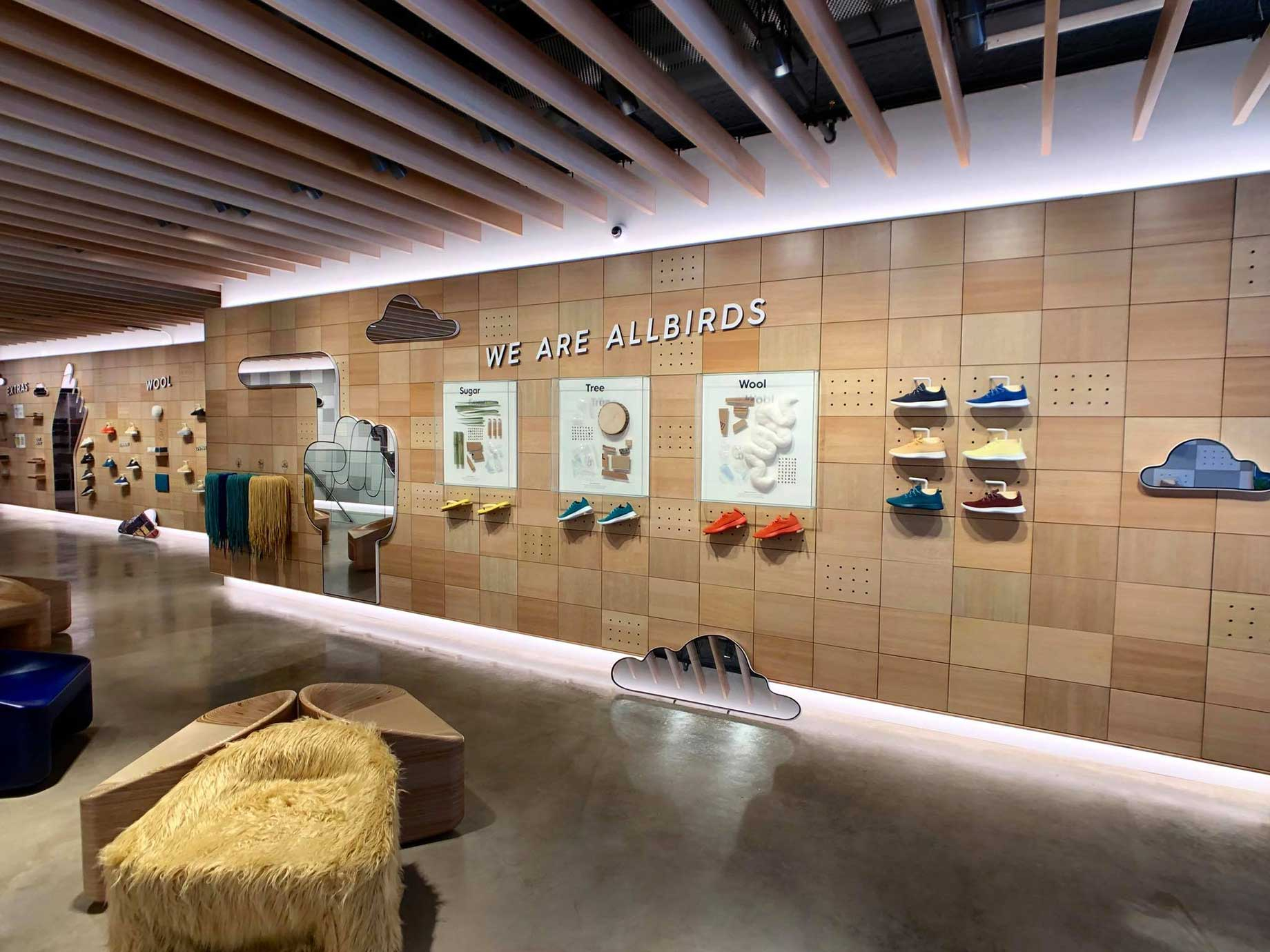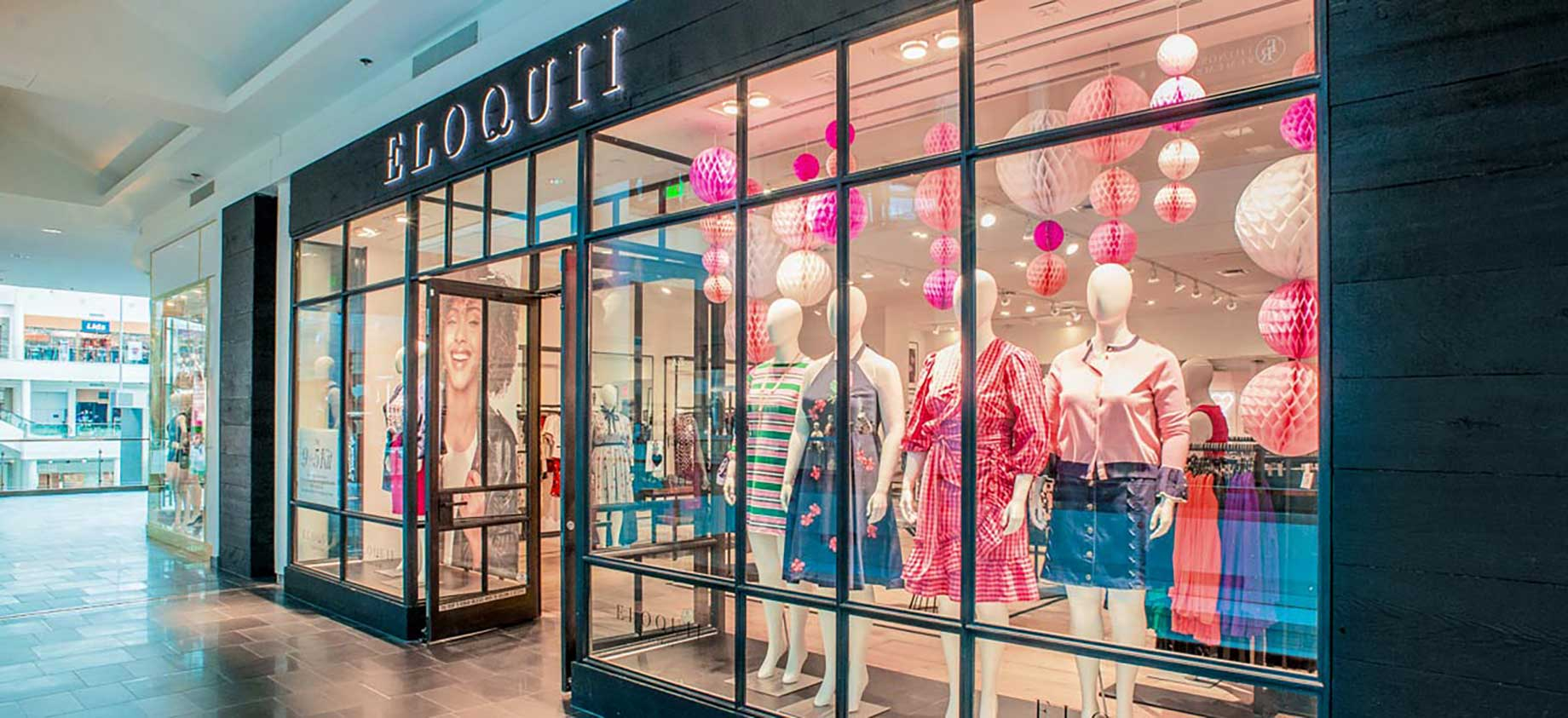Physical stores are essential to the success of retailers and e-tailers alike, a new study from ICSC reveals, demonstrating a symbiotic relationship between online and offline retail.
Opening a store helps boost traffic to a retailer’s website within a given market by some 37 percent on average during the quarter that follows, according to a study titled The Halo Effect: How Bricks Impact Clicks. Research firm Alexander Babbage conducted the study for ICSC. For emerging brands — defined as those less than 10 years old — opening a store helps increase online traffic by an average of 45 percent within a given market. For established brands — those 10 years old or older — a store opening helps boost online traffic by some 36 percent on average.

Apparel e-tailer Everlane has opened stores in New York City and San Francisco Opening a store helps boost traffic to a retailer's website in a given market by some 37 percent on average during the quarter that follows
“That new store serves as a constant billboard in the customers’ daily travels, helping reinforce the strength of that brand and the presence of that brand,” said Michael Brown, an A.T. Kearney partner who oversees the firm's consumer-products and retail practice. “It gives the consumer a place to engage with the product and try the product, and it puts a face on the brand.”
Conversely, when retailers close a store, their web traffic tends to drop off. In one instance, a retailer that had closed between a third and one-half of its stores within certain markets saw its shares of web traffic fall by at least 50 percent in those areas.

Online footwear retailer Allbirds now operates stores in New York City, San Francisco and Toronto
Traffic is not the only benefit that physical stores provide, however. The study found that stores help lift brand awareness, improve consumer perceptions of the brand and make those consumers more willing to identify with, buy and recommend that brand. With regard to emerging brands, the survey found that 51 percent of respondents were willing to consider the brand across all markets, and this increased to 69 percent in markets where a brand has physical stores.
“You gain brand awareness by having a physical store,” said Dana Telsey, CEO and chief research officer of Telsey Advisory Group. “That’s something that you can’t replicate online.”

Apparel retailer Eloquii now has five stores
The number of stores in a given market also makes a difference. For instance, there can be an 83 percent rise in brand awareness when a retailer upgrades from one store per a population of 3 million to one store per each subgroup of 1 million, the report says.
“Physical stores are an essential ingredient to the success of retailers by driving digital engagement and improving brand health,” according to the report. “Brick-and-mortar establishments also allow shoppers the ability to experience the products they’re buying and provide retailers unmatched opportunities to gain in-depth data on consumers far beyond what online shopping allows. … Our report demonstrates why physical stores operating in harmony with healthy digital channels creates a powerful synergy to help retailers meet their strategic growth ambitions.”
The researchers studied roughly 800 individual stores across 145 U.S. markets encompassing some 222 million people, and they polled about 4,000 consumers.
By Edmund Mander
Director, Editor-In-Chief/SCT


